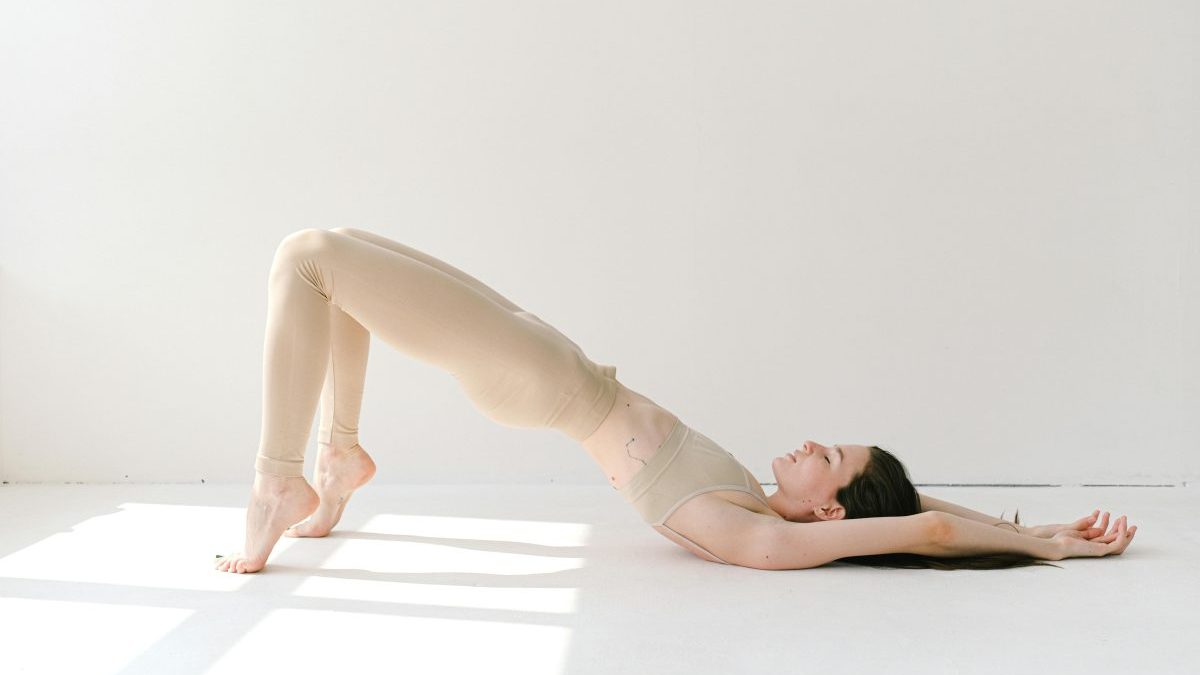Last Updated on: 14th July 2024, 08:53 am
Introduction to Pilates

Originating in the early 20th century, Pilates was created by Joseph Pilates, a physical trainer passionate about enhancing health and fitness. This method, initially designed for rehabilitation, has evolved into a popular fitness trend known for its focus on core strength, flexibility, and mindful movement. Pilates involves a series of controlled exercises that engage both the body and mind, promoting balance and improving posture.
- Misconceptions: Despite its widespread popularity, misconceptions about Pilates persist. Some believe it’s only for the elite or that it’s too easy and lacks the intensity of other workouts.
- Versatility: However, Pilates is incredibly versatile, catering to beginners and seasoned athletes alike with modifications to suit various fitness levels.
- Well-being: It’s not just about physical strength; it’s a holistic approach to well-being, emphasizing precision and breath control to enhance mental focus and physical stamina.
Embracing Pilates means embarking on a journey towards a stronger, more flexible self, with a deep connection between mind and body. Its rich history and comprehensive methodology make Pilates a unique and transformative practice, debunking any myths of exclusivity or simplicity. Whether you’re looking to rehabilitate, strengthen, or simply find a moment of peace in a hectic world, Pilates offers a path to achieving those goals.
The Core Principles of Pilates
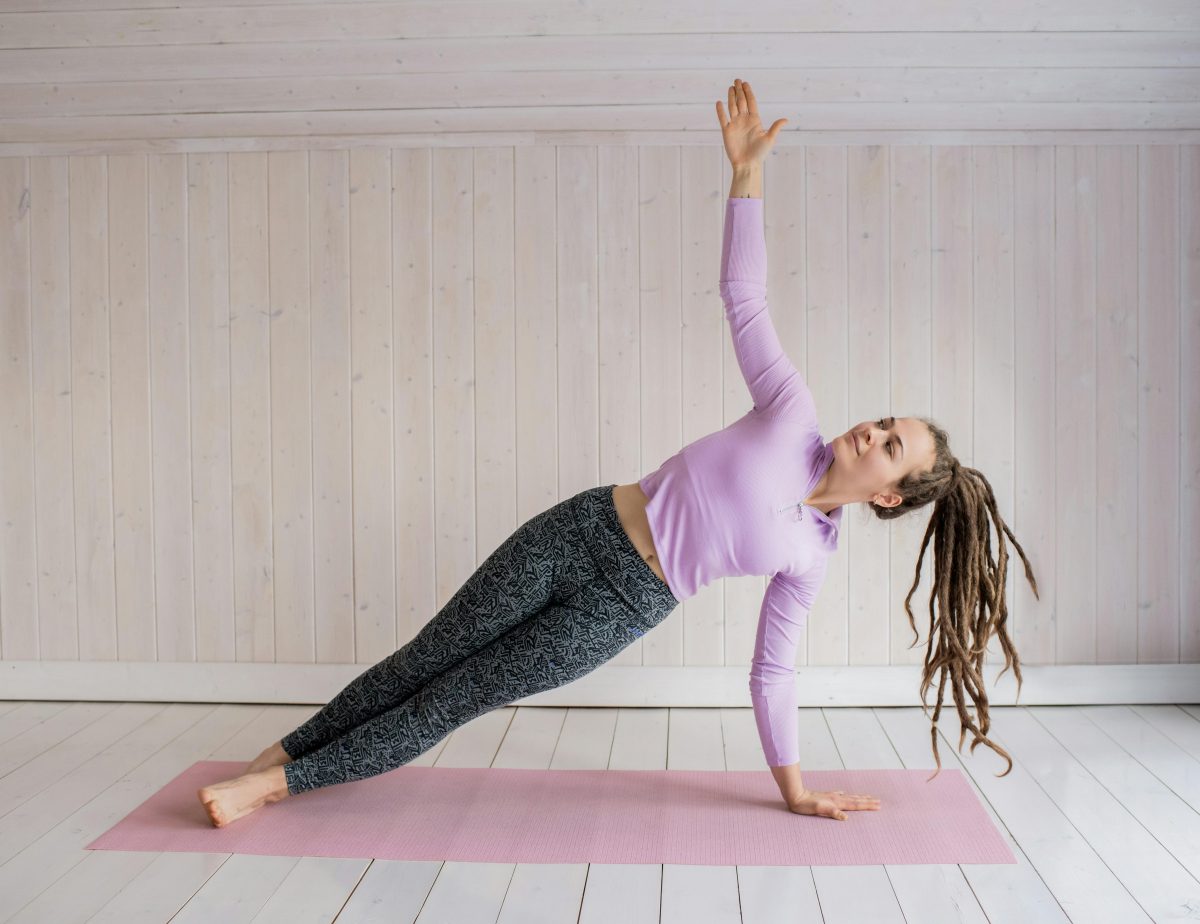
Concentration and Mindfulness During Exercise
Pilates demands focus. Every movement is an exercise in concentration, guiding practitioners to a state of mindfulness that connects the body and mind. This principle ensures that each exercise is performed with the utmost attention to form, fostering a deeper understanding of one’s physical capabilities and limitations.
Control and Precision in Movement
Control is the cornerstone of Pilates. Precision in each movement is emphasized, with the belief that executing exercises with control yields greater benefits than performing them hastily or incorrectly. This meticulous approach to movement not only enhances physical strength but also teaches discipline and patience.
Centering: Focusing on Core Strength
At the heart of Pilates is centering. This principle revolves around strengthening the core muscles, which support the spine and entire body. A strong core is essential for maintaining balance, improving posture, and ensuring efficient movement in daily life and physical activities.
Flow and Efficiency of Movement
Movement in Pilates is fluid and graceful. The goal is to achieve a flow through each exercise, creating a workout that feels both challenging and therapeutic. This seamless transition between movements not only enhances physical endurance but also promotes a sense of peace and relaxation.
Breath Control and Its Importance
Breathing is not an afterthought in Pilates; it’s integral to the practice. Proper breath control supports the execution of movements, oxygenates the blood, and helps to reduce stress. Learning to breathe correctly can improve overall well-being, both in and out of the Pilates studio.
Together, these core principles form the foundation of Pilates, making it a comprehensive fitness system that strengthens the body, calms the mind, and revitalizes the spirit. By adhering to these guidelines, practitioners can experience the full spectrum of benefits Pilates has to offer, leading to a healthier, more balanced life.
Health Benefits of Pilates

- Improved Flexibility and Range of Motion: Pilates stretches and strengthens, enhancing flexibility and expanding the range of motion. This leads to a body that moves more freely, reducing the risk of injury.
- Enhanced Muscle Strength and Tone: Core muscles, including those in the abdomen, lower back, and pelvis, are the primary focus in Pilates. Strengthening these muscles not only sculpts the body but also supports a strong, supple spine, improving posture and alignment.
- Better Posture and Alignment: With its emphasis on control and precision, Pilates teaches awareness of the body’s position in space, promoting better posture. This awareness carries over into daily life, helping to prevent the aches and pains associated with poor posture.
- Reduction in Back Pain and Other Chronic Ailments: By strengthening the core and improving posture, Pilates can offer relief from back pain and support the management of chronic conditions. A stronger core means a better-supported spine, reducing discomfort and enhancing quality of life.
- Boost in Mental Health and Reduction in Stress Levels: The mindful, focused nature of Pilates exercises promotes mental well-being. Practitioners often report a reduction in stress levels and an increase in mental clarity and calmness, contributing to an overall sense of well-being.
Integrating Pilates into your routine is not just about physical fitness; it’s a holistic approach to health. The benefits extend beyond the mat, influencing every aspect of life. From improved flexibility and muscle tone to better posture and mental health, Pilates offers a comprehensive path to a healthier, more balanced you.
Pilates for Different Needs and Populations
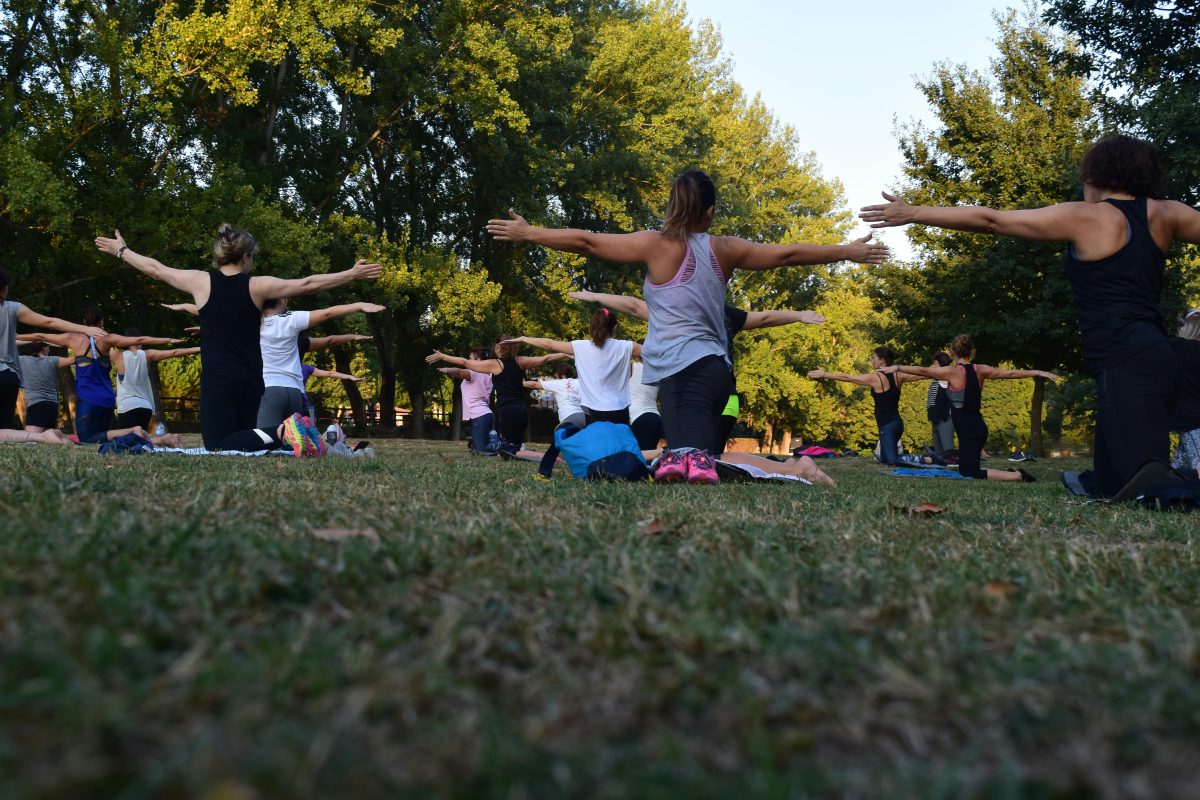
- Pilates for Athletes: Enhancing Performance and Reducing Injury Risk. Athletes across various sports incorporate Pilates into their training regimen to boost performance and minimize the risk of injuries. By focusing on core strength, flexibility, and balance, Pilates provides athletes with the foundation they need to excel.
- Pilates for Rehabilitation: Aiding Recovery from Injuries. Recovery from injuries demands a careful, structured approach to ensure a safe and effective healing process. Pilates, with its emphasis on controlled, precise movements and core strengthening, serves as an excellent rehabilitation tool.
- Pilates for the Elderly: Maintaining Mobility and Reducing Fall Risk. For the elderly, maintaining mobility and independence is paramount. Pilates offers a gentle yet effective way to strengthen muscles, improve balance, and enhance flexibility, significantly reducing the risk of falls.
- Pilates During and After Pregnancy: Benefits for Prenatal and Postnatal Care. Pregnancy and childbirth bring significant changes to a woman’s body, making strength and flexibility more important than ever. Pilates provides a safe, adaptable exercise option for expectant and new mothers.
Regardless of age, fitness level, or specific health goals, Pilates offers a versatile and accessible path to improved well-being. Its adaptability to different needs and populations underscores its effectiveness as a comprehensive approach to health and fitness. Embracing Pilates means not just working towards a stronger, more flexible body, but also nurturing a resilient and focused mind.
Getting Started with Pilates
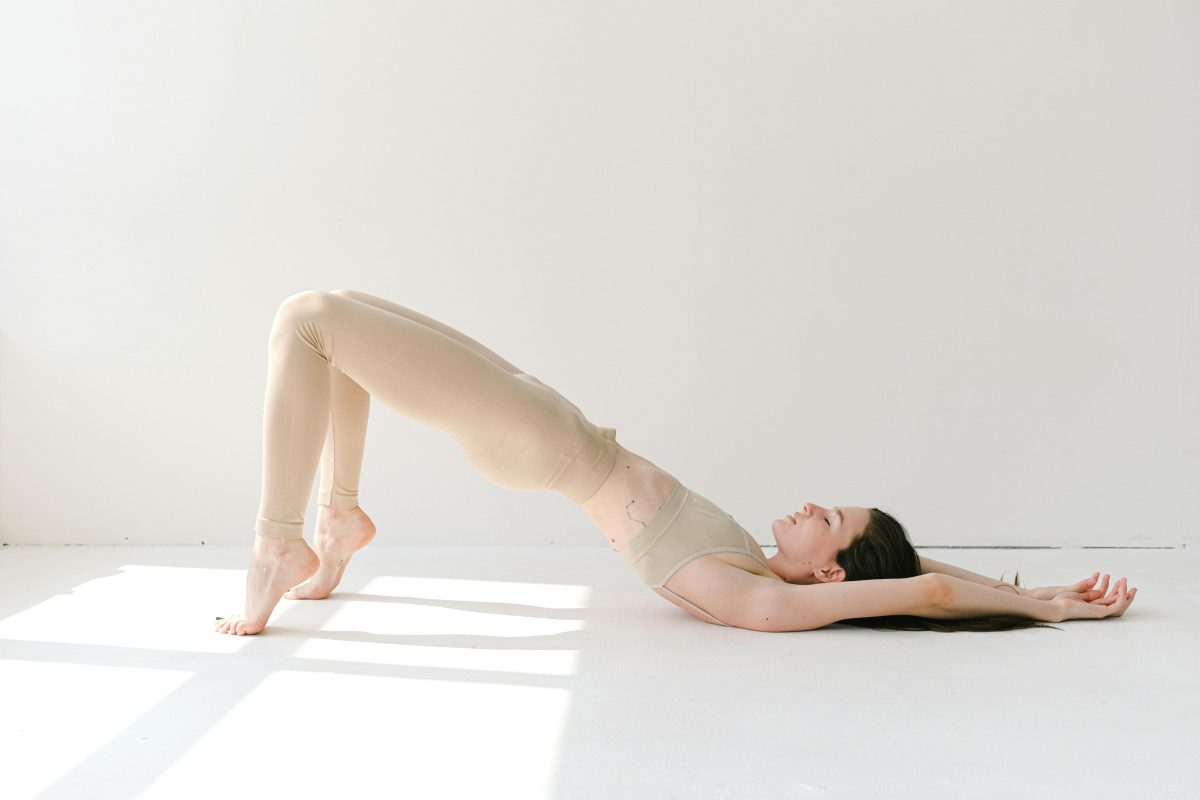
Choosing the Right Pilates Class: Mat vs. Reformer Pilates
Embarking on your Pilates journey begins with selecting the right class. Mat Pilates, performed on the floor with a mat, focuses on using your body’s weight as resistance. It’s accessible, ideal for beginners, and lays the foundation of Pilates principles. Reformer Pilates, on the other hand, involves a machine equipped with springs, a sliding carriage, and pulleys to provide resistance. This option intensifies your workout and is excellent for building strength and flexibility. Consider your fitness goals, experience, and personal preference when choosing between the two.
What to Expect in Your First Pilates Session
Your initial Pilates session will introduce you to the core principles of the practice: concentration, control, centering, flow, and breath. Expect a series of low-impact exercises focusing on core strength, posture, and flexibility. Instructors typically offer modifications to accommodate different fitness levels, ensuring a challenging yet achievable workout.
Tips for Beginners: How to Prepare and What to Bring
Preparation is key to a successful Pilates experience. Wear comfortable, fitted clothing that allows for a full range of motion and bring a water bottle to stay hydrated. Arrive early to familiarize yourself with the studio and equipment. Most importantly, approach your practice with an open mind and patience. Progress takes time and consistency.
Finding a Qualified Pilates Instructor
A qualified instructor is crucial for a safe and effective Pilates practice. Look for certifications from reputable Pilates organizations, which ensure instructors have undergone comprehensive training. An experienced instructor will not only guide you through exercises but also provide personalized feedback and modifications to enhance your practice and prevent injuries.
Starting Pilates is an exciting step towards improving your physical and mental well-being. With the right class, preparation, and instructor, you’ll soon discover the transformative power of this holistic practice. Embrace the journey with patience and dedication, and watch as Pilates brings balance, strength, and flexibility into your life.
Incorporating Pilates into Your Lifestyle
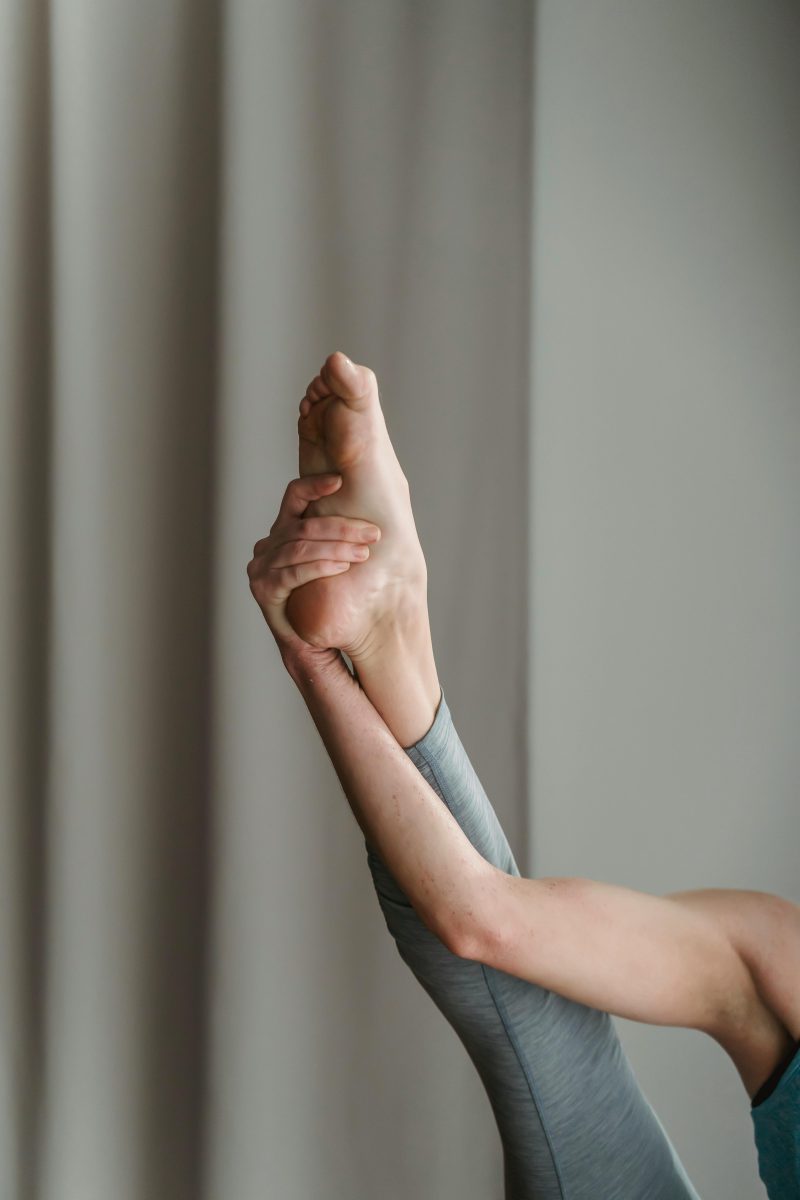
Developing a Consistent Pilates Routine
- Start Small: Begin with two sessions per week and gradually increase frequency.
- Build Muscle Memory: Consistent practice enhances the mind-body connection.
- Set Realistic Goals: Adjust your routine as your body adapts to the exercises.
Combining Pilates with Other Forms of Exercise
- Warm-Up or Cool-Down: Use Pilates to prepare for or wind down after high-impact activities.
- Create a Balanced Regimen: Pair Pilates with cardiovascular exercises or strength training.
- Enhance Overall Health: A well-rounded fitness regimen promotes vitality.
Making Pilates a Part of Your Holistic Approach to Health
- More Than a Workout: View Pilates as a component of a holistic health strategy.
- Practice Mindfulness: Incorporate principles of mindfulness and controlled movement into daily activities.
- Improve Life Quality: Use Pilates for stress management, improved concentration, and a harmonious lifestyle.
Whether you’re seeking to enhance physical fitness, recover from an injury, or find a meditative escape, Pilates can be tailored to your needs. With dedication, Pilates is not just an exercise; it becomes a way of life, promoting a healthier, more balanced you.
In Closing
Pilates transforms mind and body alike. It’s a journey of strength, flexibility, and inner peace. Through its core principles, Pilates offers a path to a balanced and healthier lifestyle, emphasizing mindfulness and physical well-being. This practice not only caters to diverse needs but also promotes a holistic approach to health, inviting practitioners to embrace a life of harmony and vitality. Let Pilates be your guide to a more resilient and fulfilled self.
Pilates: What It Is and Its Health Benefits FAQs
Yes, Pilates can help alleviate back pain by strengthening the core muscles, which support the spine. The emphasis on proper alignment and balance can also correct postural issues that contribute to back pain. Many people find relief from chronic lower back pain through regular Pilates practice, as it enhances core strength and flexibility.
Yes, Pilates significantly improves flexibility through its range of motion exercises and stretches that target various muscle groups. By focusing on lengthening the muscles while strengthening them, Pilates can enhance overall flexibility and reduce the risk of injuries. Regular practice leads to greater ease of movement in daily activities and other forms of exercise.
Pilates primarily focuses on strengthening the muscles, particularly the core, and improving postural alignment, while yoga emphasizes flexibility, balance, and mental well-being. Pilates exercises are performed in a flow of movement without the static poses typical of yoga, and there is a stronger emphasis on physical conditioning. Both practices offer health benefits, but Pilates offers a more intense workout with a focus on muscle toning and core strength.
Pilates can support weight loss indirectly by improving muscle tone, leading to a more efficient metabolism. While it may not burn as many calories as high-intensity workouts, it strengthens the body’s core and enhances the efficiency of other workouts by improving alignment and muscle balance. Regular Pilates practice combined with a balanced diet and other physical activities can contribute to weight management and body composition changes.
For optimal results, it is recommended to practice Pilates 2-4 times per week. Consistency is key to building strength, improving flexibility, and seeing changes in body composition. Over time, as your body adapts, you may increase the frequency or intensity of your workouts to continue challenging yourself.
Pilates is highly suitable for beginners because it starts with basic movements that can be adjusted to different fitness levels. Instructors often offer modifications to accommodate different abilities, ensuring a safe and effective workout. Starting with beginner classes or private sessions can help individuals learn the correct form and gradually build up their strength and confidence.
Pilates has been shown to improve mental health by reducing symptoms of stress, anxiety, and depression. The focus on breathing and mindfulness during practice promotes relaxation and mental clarity. Regular Pilates practice can lead to better sleep patterns, increased self-awareness, and an overall sense of well-being.
The basic equipment for Pilates can include a mat, resistance bands, Pilates balls, and a Pilates ring, although many exercises can be performed with just your body weight. For those looking to expand their practice, specialized equipment like the Reformer, Cadillac, and Wunda Chair offer more resistance and versatility in exercises. However, beginners can start with minimal equipment and still experience the full benefits of Pilates.
Pilates is a form of low-impact exercise that focuses on strengthening muscles while improving postural alignment and flexibility. It involves a series of movements and stretches that target the core, although it also engages other areas of the body. The practice can be performed using special equipment or on a mat with body weight as resistance.
Pilates was created by Joseph Pilates in the early 20th century as a method of rehabilitation and strengthening. He developed this exercise system during World War I to improve the rehabilitation program for the injured soldiers, focusing on mind and body rehabilitation. His method, originally called “Contrology,” was designed to strengthen the human mind and body, emphasizing core strength, flexibility, and mindful movement.
Orlando is a all round athlete from Australia, now resident in Germany. His sports of passion of American Football(Offensive line), weight training and indoor rock climbing where he uses his 195cm wing span to his advantage.

